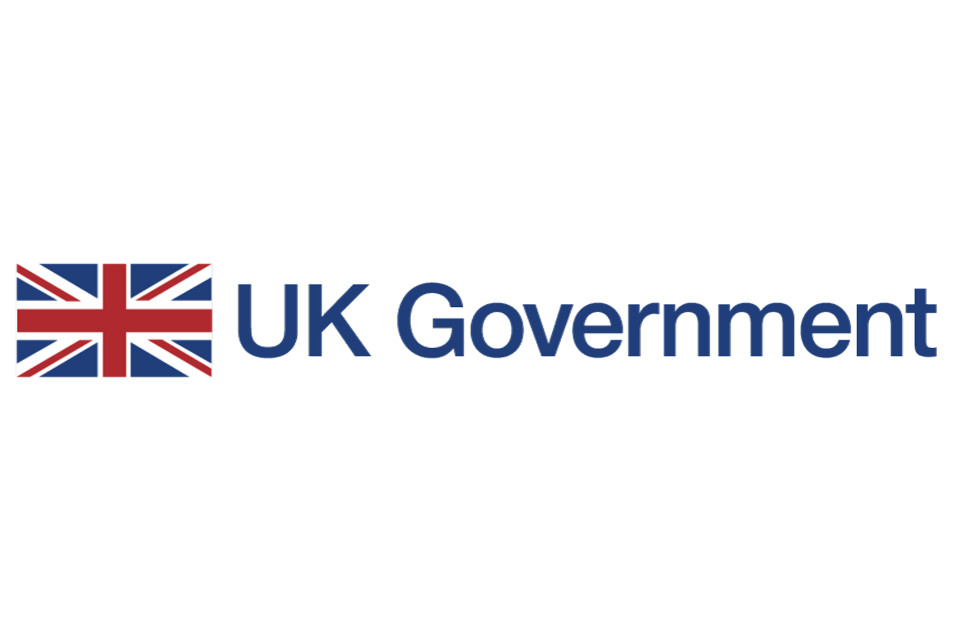UKHO appoints Marion Leslie as Non-Executive Chair
The UK Hydrographic Office (UKHO) has today confirmed the appointment of Marion Leslie as Non-Executive Chair. Marion will chair the UKHO Board in this independent position, after a year as interim Non-Executive Chair and six years as a Non-Executive Director at the UKHO.
The Board supports, challenges, and validates the UKHO business strategy and oversees the organisation’s performance. Marion leads the Board as Chair, acting in the interests of the Ministry of Defence and key stakeholders, and supports and provides guidance to Peter Sparkes, UKHO’s Chief Executive.
UKHO exists to support safe, secure, and thriving oceans. The UKHO is a world-leading centre for hydrography, specialising in marine geospatial data that supports defence and global shipping, while helping customers and partners to unlock a deeper understanding of the world’s oceans and coastal environments. The UKHO serves Defence and wider government, has a thriving navigation business, and is developing future maritime products and services.
Working closely with the UKHO CE and executive leadership team, the Chair and the Board offer support and challenge to ensure that there is a clear focus on transformation, increasing revenues, building partnerships, and exploring new markets.
Away from the UKHO, Marion is the Head of Financial Information at SIX Group and a member of SIX Group’s Executive Board. She is also a member of the BME Board of Directors.
Named as one of Swiss Finance’s Women to Watch in 2022, Marion was also included in the World Federation of Exchanges Women Leaders List 2021 and named one of the 100 Most Influential Women in European Finance by Financial News in 2020 and 2021. In 2017, she was nominated in the Cranfield University Female FTSE 100 Women to Watch Board Report and, in 2014, won the Award for Achievement at the Women in Banking and Finance Awards.
Commenting on the appointment, Peter Sparkes, Chief Executive at the UKHO, said:
The position of Non-Executive Chair plays a pivotal role supporting the UKHO Board in the delivery of its corporate goals. We look forward to continuing to work with Marion who, as Interim Non-Executive Chair, has played an integral role in propelling the UKHO’s digital journey. Marion has helped us to identify and realise the opportunities that our ongoing transformation will bring and supports our vital work in enabling safe, secure, and thriving oceans.
Marion said she was delighted to accept the role full-time after being in post on an interim basis:
I am thrilled to continue to lead the UKHO’s talented Board and support the UKHO as it continues to create world-class products and services for safe navigation and maritime decision support, both for defence and for the commercial world. It is a wonderful organisation with deep expertise, and I feel privileged to be part of its journey.
The Non-Executive Director role that Marion held for six years has in turn been filled by Tash Toothill, Director, Enterprise Transformation at Lloyds Banking Group. Tash also becomes the Chair of UKHO’s Remunerations Committee.
Since arriving at Lloyds Banking Group in 2019, Tash has led enterprise transformation across risk, finance, people, payments, fraud, and financial crime, supporting Lloyds Banking Group’s aim to help Britain prosper and build the best bank for customers.
Before joining Lloyds Banking Group, Tash was Head of Enterprise at Amazon, with responsibility for developing Amazon’s payments solutions and evolving voice commerce experience on Alexa. She has also worked extensively across Europe as Senior Vice President for Visa. In that role, she created an omni-channel payment experience across in-store, online and mobile, helping global retailers, fuel brands, hotels, and airlines to leverage digital technologies for a frictionless customer journey.
Speaking on the appointment of Tash as a Non-Executive Director of the UKHO, Peter Sparkes said:
I am delighted by Tash Toothill’s appointment as a Non-Executive Director of the UKHO, and as Chair of our Remunerations Committee. Tash possesses a wealth of digital transformation acumen and experience that will help us to drive forward our ambitious change programme, ensuring the UKHO remains a partner of choice and that our assured ADMIRALTY products and services continue to be relied upon by the world’s mariners.
Tash said she was relishing the opportunity to help advise the UKHO’s board:
Joining an organisation with such a rich history and tradition in the maritime sector is a great honour. I’m excited about working with and helping guide the UKHO as it continues delivering digital products and services that support the future of navigation.

